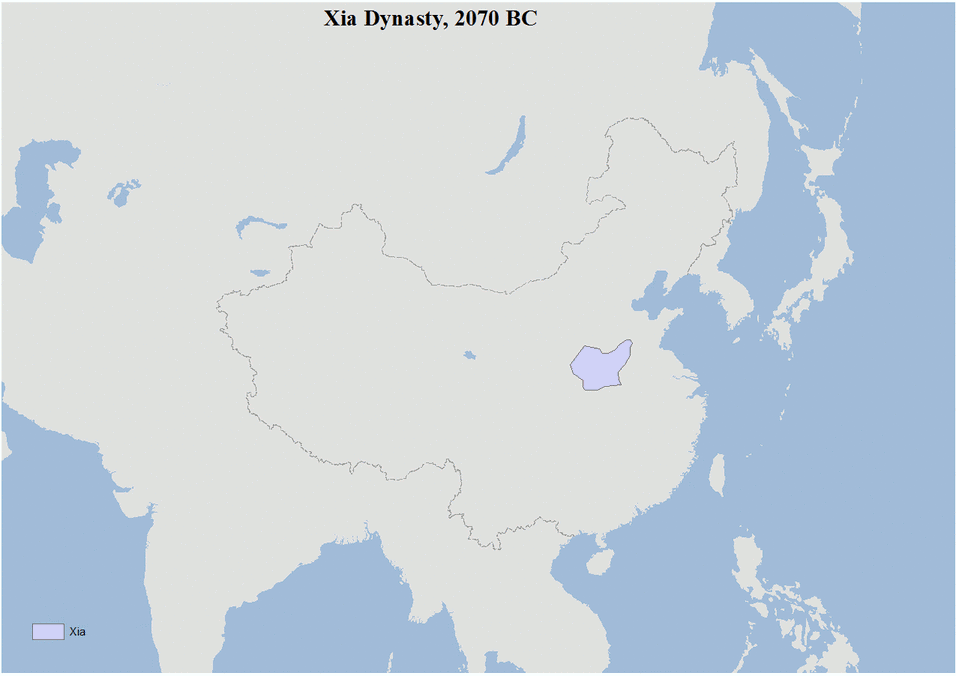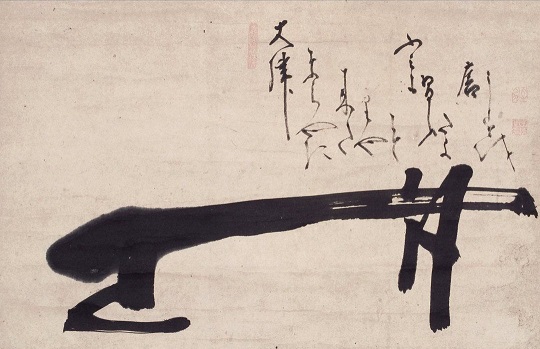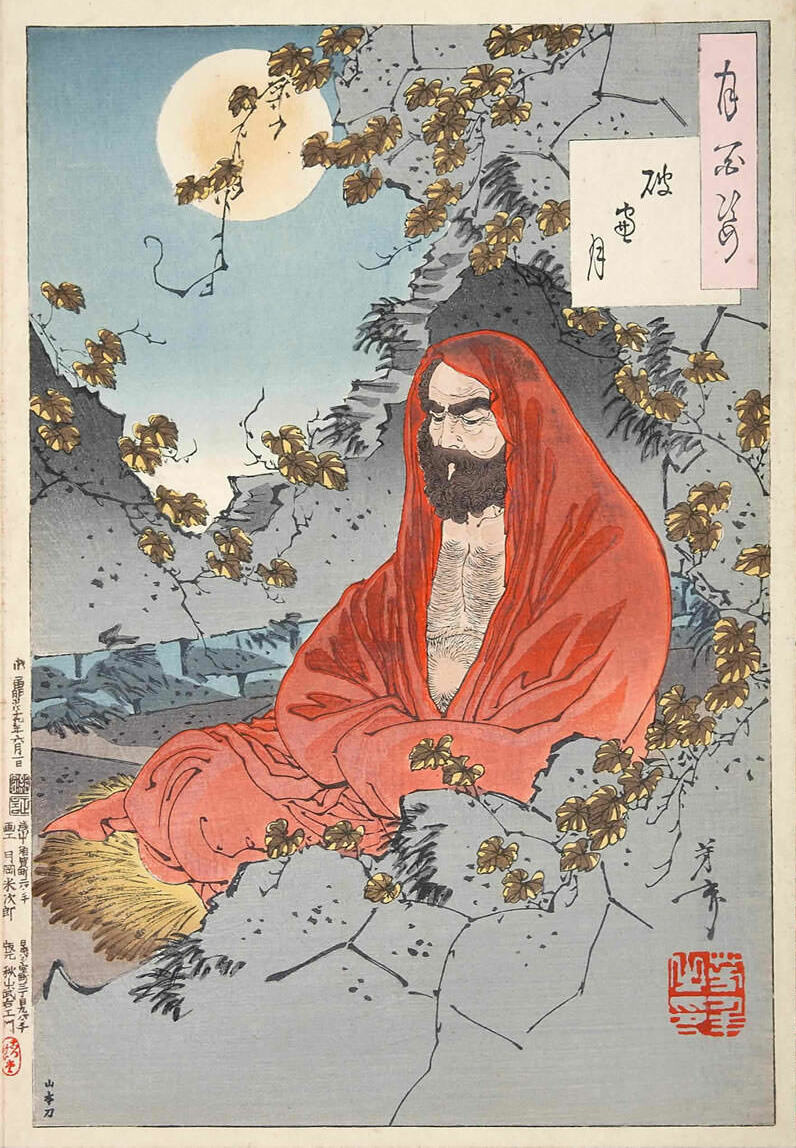|
Hall Of Guru
The Hall of Guru or Guru Hall (), also known as the Founder's Hall, is the most important annex halls in Chinese Buddhist temples for enshrining masters of various Buddhism schools. It is encountered throughout East Asia, including in some Japanese Buddhist Kaisandos (). The Hall of Guru is generally situated to the west of the Mahavira Hall. Chan Buddhist temples usually have the Hall of Guru, which is followed by other schools' temples. Therefore three statues are always enshrined in the Guru Hall, namely the founder of the school, the senior monk who make significant contributions to the establishment of the school and the builder of the temple. Generally the Guru Hall in Chan Buddhism temples has Bodhidharma enshrined in the middle, the 6th Master Huineng's (638-713) statue on the left and Master Baizhang Huaihai's (720-814) statue on the right. Patriarch Bodhidharma and ''Damo'' () for short, from south of ancient India According to consensus in modern genetics, an ... [...More Info...] [...Related Items...] OR: [Wikipedia] [Google] [Baidu] |
Hongfa Temple
Hongfa Temple () is a Buddhist temple located at Fairylake Botanical Garden, Luohu District, Shenzhen, Guangdong, China. History Hongfa Temple was built in 1985 by Chan master Benhuan. The construction lasted from July 1985 to June 1992. Architecture The temple is at the foot of Wutong Mountain. The temple consists of forty buildings. The complex includes the following halls: Shanmen, Mahavira Hall, Hall of Four Heavenly Kings, Hall of Guanyin, Bell tower, Drum tower, Founder's Hall, Dharma Hall, Dining Room, etc. Famous monks * Benhuan * Shi Yinshun Shi Yinshun (; born 1974), courtesy name Yuanli (), is a Chinese Buddhist monk, Chan master and religious leader who serves as vice president of the Buddhist Association of China. ''Shi'' being short for ''fashih'': dharmaperson. He held several ab ... References External links * {{DEFAULTSORT:Honhfa Temple Buildings and structures in Shenzhen Buddhist temples in Guangdong Tourist attractions in Shenzhen 1985 ... [...More Info...] [...Related Items...] OR: [Wikipedia] [Google] [Baidu] |
Mahavira Hall
A Mahavira Hall, usually simply known as a Main Hall, is the main hall or building in a traditional Chinese Buddhist temple, enshrining representations of Gautama Buddha and various other buddhas and bodhisattvas. It is encountered throughout East Asia. Names From their importance and use, they are often simply known in English as the temples' "Main" or "Great Halls". The term "Mahavira Hall", also encountered as "Mahāvīra Hall" or "Hall of the Mahāvīra", is a reverse translation, employing the original Sanskrit term in place of its Chinese or English equivalent. They are also known as the Precious Hall of the Great Hero, the Hall of Great Strength, or the Daxiongbao Hall. Less often, a main hall is called an " adytum", after the equivalent area in Greco-Roman temples. It is also sometimes misunderstood as the "Great, Powerful, and Precious Palace".. Description Mahavira Hall is the main hall of a Buddhist temple. It is generally located in the north of the Heavenly Kin ... [...More Info...] [...Related Items...] OR: [Wikipedia] [Google] [Baidu] |
History Of China
The earliest known written records of the history of China date from as early as 1250 BC, from the Shang dynasty (c. 1600–1046 BC), during the reign of king Wu Ding. Ancient historical texts such as the ''Book of Documents'' (early chapters, 11th century BC), the ''Bamboo Annals'' (c. 296 BC) and the ''Records of the Grand Historian'' (c. 91 BC) describe a Xia dynasty before the Shang, but no writing is known from the period, and Oracle Bone script, Shang writings do not indicate the existence of the Xia. The Shang ruled in the Yellow River valley, which is commonly held to be the cradle of Chinese civilization. However, Neolithic civilizations originated at various cultural centers along both the Yellow River and Yangtze, Yangtze River. These Yellow river civilization, Yellow River and Yangtze civilizations arose millennia before the Shang. With thousands of years of continuous history, China is among the world's oldest civilizations and is regarded as one of the Cradle of ... [...More Info...] [...Related Items...] OR: [Wikipedia] [Google] [Baidu] |
History Of India
According to consensus in modern genetics, anatomically modern humans first arrived on the Indian subcontinent from Africa between 73,000 and 55,000 years ago. Quote: "Y-Chromosome and Mt-DNA data support the colonization of South Asia by modern humans originating in Africa. ... Coalescence dates for most non-European populations average to between 73–55 ka." However, the earliest known human remains in South Asia date to 30,000 years ago. Settled life, which involves the transition from foraging to farming and pastoralism, began in South Asia around 7000 BCE. At the site of Mehrgarh presence can be documented of the domestication of wheat and barley, rapidly followed by that of goats, sheep, and cattle. By 4500 BCE, settled life had spread more widely, and began to gradually evolve into the Indus Valley civilisation, an early civilisation of the Old World, which was contemporaneous with Ancient Egypt and Mesopotamia. This civilisation flourished between 2500 BCE and 1 ... [...More Info...] [...Related Items...] OR: [Wikipedia] [Google] [Baidu] |
Baizhang Huaihai
Baizhang Huaihai (; pinyin: ''Bǎizhàng Huáihái''; Wade-Giles: ''Pai-chang Huai-hai''; ja, Hyakujō Ekai) (720–814) was a Zen Zen ( zh, t=禪, p=Chán; ja, text= 禅, translit=zen; ko, text=선, translit=Seon; vi, text=Thiền) is a school of Mahayana Buddhism that originated in China during the Tang dynasty, known as the Chan School (''Chánzong'' 禪宗), and ... master during the Tang Dynasty The Tang dynasty (, ; zh, t= ), or Tang Empire, was an Dynasties in Chinese history, imperial dynasty of China that ruled from 618 to 907 AD, with an Zhou dynasty (690–705), interregnum between 690 and 705. It was preceded by the Sui dyn .... A native of Fuzhou Fuzhou (; , Fuzhounese: Hokchew, ''Hók-ciŭ''), alternately romanized as Foochow, is the capital and one of the largest cities in Fujian province, China. Along with the many counties of Ningde, those of Fuzhou are considered to constitute t ..., he was a dharma heir In Chan and Zen Buddh ... [...More Info...] [...Related Items...] OR: [Wikipedia] [Google] [Baidu] |
Huineng
Dajian Huineng (); (February 27, 638 – August 28, 713), also commonly known as the Sixth Patriarch or Sixth Ancestor of Chan ( traditional Chinese: 禪宗六祖), is a semi-legendary but central figure in the early history of Chinese Chan Buddhism. According to tradition he was an uneducated layman who suddenly attained awakening upon hearing the Diamond Sutra. Despite his lack of formal training, he demonstrated his understanding to the fifth patriarch, Daman Hongren, who then supposedly chose Huineng as his true successor instead of his publicly known selection of Yuquan Shenxiu. Twentieth century scholarship revealed that the story of Huineng's Buddhist career was likely invented by the monk Heze Shenhui, who claimed to be one of Huineng's disciples and was highly critical of Shenxiu's teaching. Huineng is regarded as the founder of the "Sudden Enlightenment" Southern Chan school of Buddhism, which focuses on an immediate and direct attainment of Buddhist enlightenment. ... [...More Info...] [...Related Items...] OR: [Wikipedia] [Google] [Baidu] |
Bodhidharma
Bodhidharma was a semi-legendary Buddhist monk who lived during the 5th or 6th century CE. He is traditionally credited as the transmitter of Chan Buddhism to China, and regarded as its first Chinese patriarch. According to a 17th century apocryphal story found in a manual called Yijin Jing, he began the physical training of the monks of Shaolin Monastery that led to the creation of Shaolin kungfu. He is known as Dámó in China and as Daruma in Japan. His name means "''dharma'' of awakening (bodhi)" in Sanskrit. Little contemporary biographical information on Bodhidharma is extant, and subsequent accounts became layered with legend and unreliable details. According to the principal Chinese sources, Bodhidharma came from the Western Regions, which typically refers to Central Asia but can also include the Indian subcontinent, and is described as either a " Persian Central Asian" or a " South Indian ..the third son of a great Indian king." Throughout Buddhist art, Bodh ... [...More Info...] [...Related Items...] OR: [Wikipedia] [Google] [Baidu] |
Chan Buddhism
Chan (; of ), from Sanskrit '' dhyāna'' (meaning "meditation" or "meditative state"), is a Chinese school of Mahāyāna Buddhism. It developed in China from the 6th century CE onwards, becoming especially popular during the Tang and Song dynasties. Chan is the originating tradition of Zen Buddhism (the Japanese pronunciation of the same character, which is the most commonly used English name for the school). Chan Buddhism spread from China south to Vietnam as Thiền and north to Korea as Seon, and, in the 13th century, east to Japan as Japanese Zen. History The historical records required for a complete, accurate account of early Chan history no longer exist. Periodisation The history of Chan in China can be divided into several periods. Zen, as we know it today, is the result of a long history, with many changes and contingent factors. Each period had different types of Zen, some of which remained influential while others vanished. Ferguson distinguishes three ... [...More Info...] [...Related Items...] OR: [Wikipedia] [Google] [Baidu] |
Kaisando
A , also termed the Founder's Hall, is a temple structure in a Japanese Buddhist monastery complex or other temple where an image (or images) of the founding abbot and other significant teachers and Buddha ancestors are kept,Kinoshita, 58 along with a memorial slab ( Japanese '' ihai''). Sometimes also referred to as the Patriarch Hall (''soshido'') or Reflection Hall (''Eishitsu''), this building holds memorial services yearly on the anniversary of the death of the founding abbot.Baroni, 95 The largest Founder's Hall in Japan is the Goei-dō (御影堂) in front of the Higashi Hongwanji (Hongan-ji) Temple in Kyoto, Japan, one of two head temples of the Jōdo Shinshū sect of Buddhism. See also *''Kaisan is a Japanese term used in reference to the founder of a school of Buddhism Buddhism ( , ), also known as Buddha Dharma and Dharmavinaya (), is an Indian religions, Indian religion or Indian philosophy#Buddhist philosophy, philosophical ...'' *'' Kuri'' Notes ... [...More Info...] [...Related Items...] OR: [Wikipedia] [Google] [Baidu] |
Shenzhen
Shenzhen (; ; ; ), also historically known as Sham Chun, is a major Sub-provincial division, sub-provincial city and one of the Special economic zones of China, special economic zones of China. The city is located on the east bank of the Pearl River (China), Pearl River estuary on the central coast of southern province of Guangdong, bordering Hong Kong to the south, Dongguan to the north, and Huizhou to the northeast. With a population of 17.56 million as of 2020, Shenzhen is the third most populous city by urban population in China after Shanghai and Beijing. Shenzhen is a global center in List of technology centers, technology, List of cities by scientific output, research, Economy of China#Industry and manufacturing, manufacturing, Shenzhen#Economy, business and economics, Global Financial Centres Index, finance, Shenzhen#Tourism, tourism and Transport in China, transportation, and the Port of Shenzhen is the List of busiest container ports, world's fourth busiest container ... [...More Info...] [...Related Items...] OR: [Wikipedia] [Google] [Baidu] |
Buddhism In Japan
Buddhism has been practiced in Japan since about the 6th century CE. Japanese Buddhism () created many new Buddhist schools, and some schools are original to Japan and some are derived from Chinese Buddhist schools. Japanese Buddhism has had a major influence on Japanese society and culture and remains an influential aspect to this day.Asia SocietBuddhism in Japan accessed July 2012 According to the Japanese Government's Agency for Cultural Affairs estimate, , with about 84 million or about 67% of the Japanese population, Buddhism was the religion in Japan with the second most adherents, next to Shinto, though a large number of people practice elements of both. According to the statistics by the Agency for Cultural Affairs in 2021, the religious corporation under the jurisdiction of the Ministry of Education, Culture, Sports, Science and Technology in Japan had 135 million believers, of which 47 million were Buddhists and most of them were believers of new schools of Budd ... [...More Info...] [...Related Items...] OR: [Wikipedia] [Google] [Baidu] |
East Asia
East Asia is the eastern region of Asia, which is defined in both geographical and ethno-cultural terms. The modern states of East Asia include China, Japan, Mongolia, North Korea, South Korea, and Taiwan. China, North Korea, South Korea and Taiwan are all unrecognised by at least one other East Asian state due to severe ongoing political tensions in the region, specifically the division of Korea and the political status of Taiwan. Hong Kong and Macau, two small coastal quasi-dependent territories located in the south of China, are officially highly autonomous but are under Chinese sovereignty. Japan, Taiwan, South Korea, Mainland China, Hong Kong, and Macau are among the world's largest and most prosperous economies. East Asia borders Siberia and the Russian Far East to the north, Southeast Asia to the south, South Asia to the southwest, and Central Asia to the west. To the east is the Pacific Ocean and to the southeast is Micronesia (a Pacific Ocean island group, clas ... [...More Info...] [...Related Items...] OR: [Wikipedia] [Google] [Baidu] |

.png)





